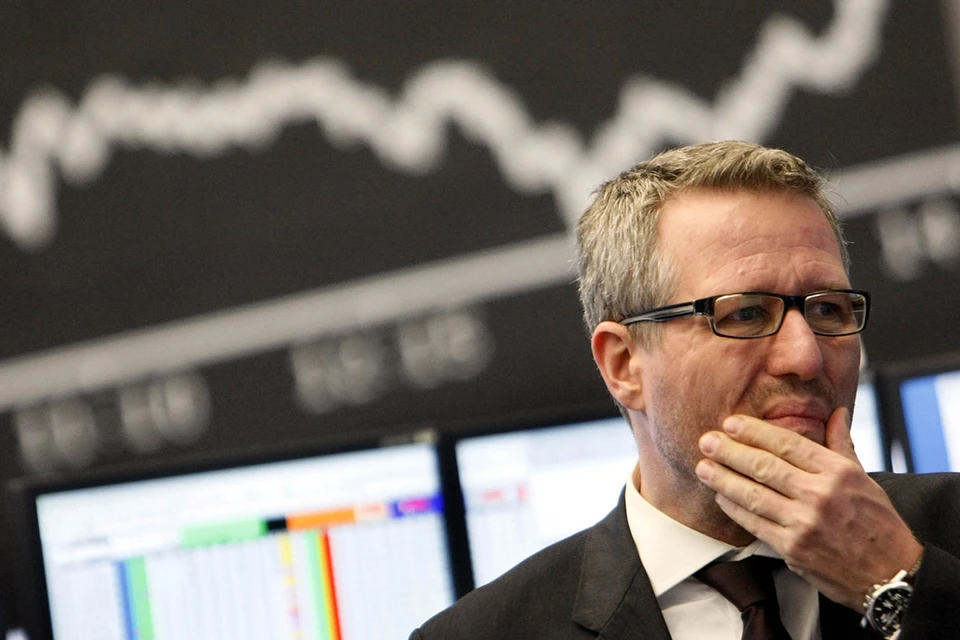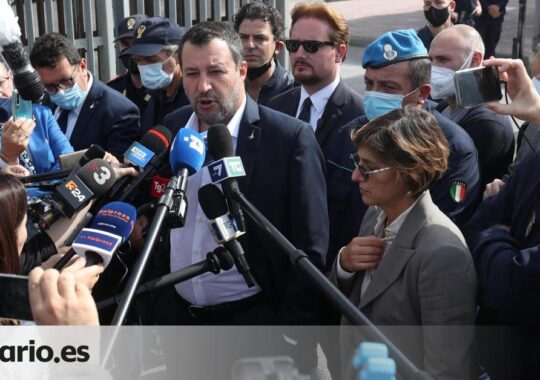
Exactly 15 years ago, on September 15, 2008, the fourth largest US bank, Lehman Brothers, declared bankruptcy.
Photo: GLOBAL LOOK PRESS
HOW AMERICA BULLED A BUBBLE
Exactly 15 years ago, on September 15, 2008, the fourth largest US bank, Lehman Brothers, declared bankruptcy. This date is generally considered to be the exact day of that crisis. The collapse of one, albeit large, bank caused a chain reaction throughout the world and led to an economic downturn in almost all countries.
“The cause of the crisis is unsecured mortgage loans that American banks, including Lehman, began to issue,” said KP.RU Director of the Center for Market Research at the Higher School of Economics Georgiy Ostapkovich. – Banks began to issue loans at a very small interest rate, often without collateral, they were taken by anyone and everyone, and when the time came to repay, the banks were faced with a large number of defaults.
Banks began issuing cheap money not out of sudden kindness, but because the American Federal Reserve System (FRS) sharply reduced the rate to 1.75% back in 2001. This is what allowed banks to provide cheap loans. Having received the money, American citizens began to buy apartments. Real estate became more expensive, and lending rates also rose, but around 2006 the real estate market became saturated and prices went down. It turned out that the apartments that the bank received from debtors who failed to make payments did not cover the cost of the loan when sold. It was called the mortgage bubble back then. In addition to real estate, the US mortgage-backed bond market also collapsed.
“These phenomena affected many banks, they began to burst, and given that America, especially then, was the main player in the global financial system, the crisis spread throughout the world,” Ostapkovich continued. – Moreover, it was not an economic crisis, the economy more or less held on, but the financial system collapsed. Prices for commodity goods immediately fell – and these are mainly raw materials. And since raw materials (oil, gas, metals, grain, primary chemicals) occupied a significant place in the Russian economy (80% of exports), this decline led already in 2009 to a decrease in GDP by 7.8%. Of the G20, we had the biggest decline. And this is after 5-6 fat years, when we grew by an average of 7% per year. Not only we, but also other countries with a predominant commodity economy suffered losses: for example, Venezuela, Qatar. And in countries with diversified economies, the decline was much smaller.

In addition to real estate, the US mortgage-backed bond market also collapsed.
Photo: Shutterstock
IS THE CRISIS POSSIBLE TO REPEAT?
Well, okay, these are things of the past, but will the crisis repeat itself in the near future? Of course, the economist “calmed down” – at least based on the principle of the cyclical nature of a market economy: growth and decline. It’s like the change of seasons.
“The fact that there will be a financial and economic crisis is not to go to a fortune teller,” Ostapkovich is convinced. – But when – no one can say for sure.
It is generally accepted that a crisis occurs once every 12-13 years. But 15 years have passed since 2008 – it would seem it’s time. But there is still no crisis…
“Here Covid intervened in the calculation of cycles,” says Ostapkovich. – In 2020 there was a semi-crisis decline in almost all countries. But around the world, 10 trillion dollars not backed by goods were printed and distributed to people and businesses. Therefore, the deadline was extended.
That is, the crisis was dealt a preemptive blow. And now economists cannot really understand from what date to count. Since 2020, accepting that the crisis attacked, but was repelled, or since 2008-09, but with a more extended period.
Ostapkovich is inclined to the second option. Does it really foreshadow something?
“The crisis is being shaped by large economies—primarily the United States, the European Union and China,” the expert says. – I see a slight rocking motion, not yet dangerous. There are no particularly alarming signals coming from strong economies. America is fine. Germany, the largest European economy, has entered a recession, but such phenomena are not visible in other European countries. China feels worse – huge accounts payable, government debt. It’s running out of that high 10% growth rate. There is such a recession index, essentially a crisis index, it is now equal to 56%. This can be interpreted as follows: more likely yes than no, but this is not accurate. So, if a recession occurs, then in my opinion it will be at the turn of 2024-25.
How this will manifest itself in Russia – according to the expert, this cannot be fully called a crisis.
“A crisis is when industries collapse,” says Ostapkovich. – For us, it will be stagnation, in other words, stagnation. The economy will work, and even grow by 1-1.5% per year, people will have jobs, but real wages will not grow for several years. The situation is a quiet haven without ups, but also without downs.



